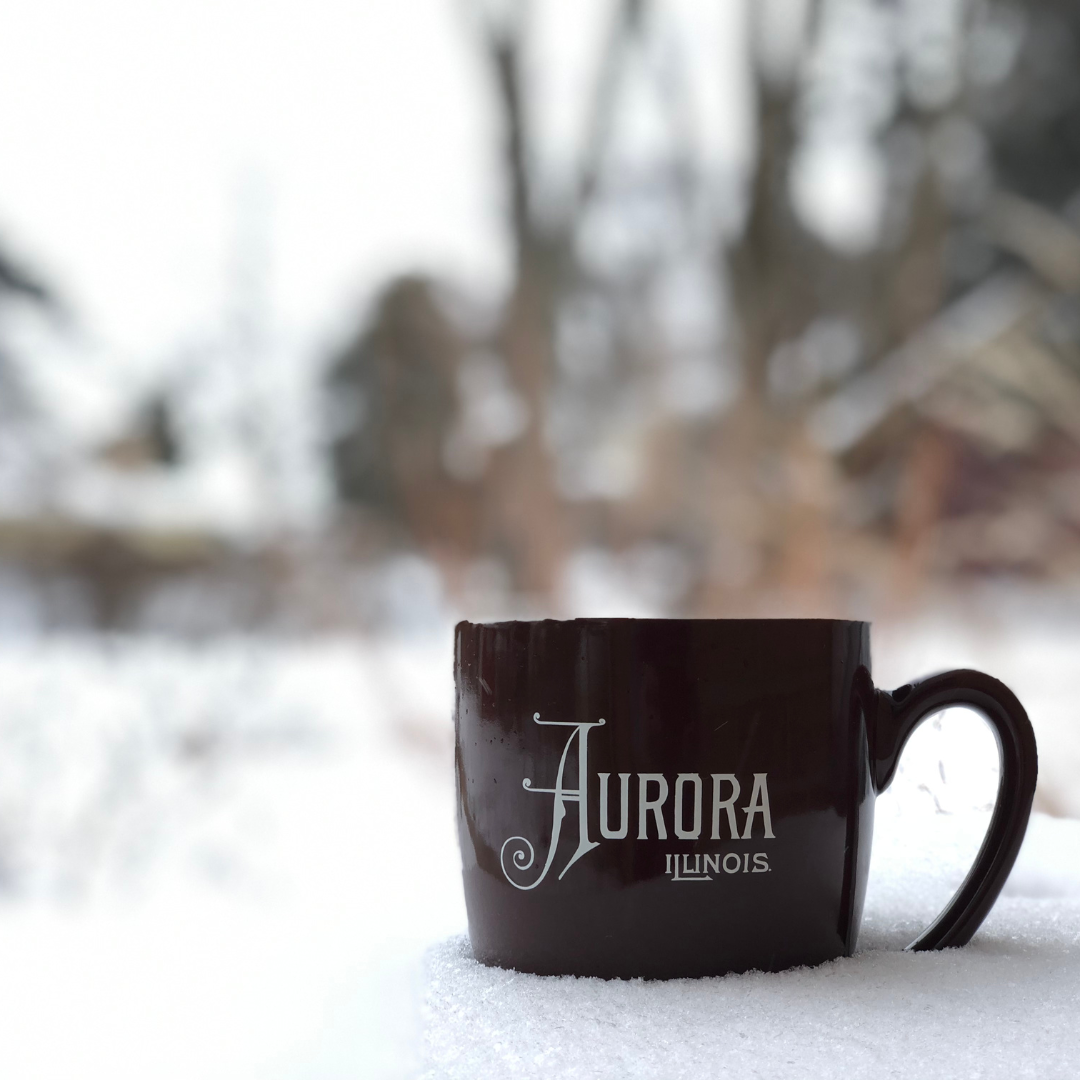This article originally appeared in the Aurora Historical Society’s Summer 2015 newsletter. Become a member and receive our newsletters right in your mailbox.
Lyle Rolfe was a member of the AHS Board of Trustees. Not only an Aurora native, Lyle spent 44 years as a photojournalist for the Aurora Beacon-News.
Summertime, Rivertime
by Lyle R. Rolfe
I grew up in Aurora in the 1940s and 1950s and had many youthful experiences on the Fox River. I think most of them would not be available to children today, so I’d like to write about them now.
When I was a boy my family lived on both South Lake Street and Woodlawn Avenue, and I attended Abraham Lincoln Grade School through 8th grade. The river was our neighbor, and I spent a good part of my summers either in its waters or on its banks.

Hurd’s Island has been at the heart of Aurora for a long time. As neutral territory, it was the site of the East vs. West high school football game from 1893 to 1919. By the 1940s there was playground equipment there.
I can vaguely remember two huge gas tanks on Hurd’s Island. They were several stories tall and were filled with manufactured gas which was forced into underground mains and carried to homes and businesses. The tanks contained cylinders that would slide down to force the gas out. When the cylinders hit bottom, they would be brought back to the top to start over again.
I learned to swim at the original YMCA at the southeast corner of Downer Place and LaSalle Street. All summer long my friends and I would swim in the Fox just off Hurd’s Island under the North Avenue Bridge.
I also fished the Fox, using the brick stairs from the west side of the bridge to get to the riverbank, or sitting on the former Burlington Railroad bridge a couple hundred feet farther north. If a train happened to come along I removed myself to the wooden sidewalk on the upstream side.
The channel catfish were great there. I would buy a small bag of jumbo shrimp for 25 cents from Stein’s Fish Market at the corner of River Street and Galena Boulevard and fish all day with it. The catfish loved it. It wasn’t until later that I figured out humans also like shrimp.

On some days, I would go down to the riverbank behind the public library by using the stone steps on the south side of the Benton Street Bridge. The channel between Stolp Island and the uninhabited island just south of it was another great place for the channel cat.
I’d toss carp back and bring the rest of my catch home and clean it for the dinner table, even though as a kid I didn’t like fish and wouldn’t eat it.
The electric power plant on the east shore south of Benton Street was a notable feature along the river. I recall a gigantic coal pile between the power plant and the main line of the railroad that we kids used to climb on and then sort of slide down. Love Brothers Foundry was across the street from the power plant.
In 1951, a dam was built to bring the water level up high enough so the turbines could be cooled by river water.
The engineer in charge of the dam project had an office in the former Steck Coal Company building at the northeast corner of River Street and North Avenue where Steck Park is now.
When he got tired of us kids hanging around, he would put together a scavenger hunt, an exercise that could pretty much fill the entire day and might lead us as much as a mile away. At the end we would find a few bucks that we would split for candy or Cokes. The gas station across from his office had a nickel Coke machine that ended up with some of our money on hot days.
When the dam was finished, we continued to swim in the river. It was shallow enough to walk up to the dam, but we steered clear of it because of a strong undertow that had killed more than one person who got too close. The water below the dam was a great place to catch bass.
Eventually the power plant was razed and the North Avenue dam, no longer needed, was removed to eliminate the stagnation it caused upstream.
On the west shore north of the railroad bridge was a semi-wooded area, which included a path that went toward Benton Street. My dad, having grown up nearby on Woodlawn, told me this was known as a place where “hobos” lived. I don’t recall seeing any, though.
The railroad bridge was used by a small steam engine and later a diesel engine that delivered rail cars to businesses along River Street. At that time the elevation of the tracks through downtown had not been built and the bridge was part of the original main line for the CB&Q RR, often called just “the Q” in my dad’s day.
There were two spurs on the west side of the river, one spur going south across Rathbone Avenue toward Montgomery and the other going west across South Lake Street toward Sugar Grove.
Two businesses that used the railroad fright service along Middle Avenue were the Aurora Beacon-News for delivery of its rolls of paper and the White and Todd Lumber Yard which was at Benton and Lake Streets.
Spending my boyhood summers along the banks and in the waters of the Fox gave me a real relationship with the river and a cherished set of memories unique to the time and the place.



